
This blog article is about starting a new no-till garden with tilling. We are sharing how we converted a pasture into a garden.
We talked about methods to start an instant no-till garden, also how to convert the existing tilled garden into no-till. Today we are sharing yet another way to start a no-till garden, this time with tilling.
We love no-till gardening methods and have had some great results with them. No-till gardening methods are great for building good soil and growing a garden with less work.
Less work does not mean any work. Maintaining a no-till garden is work too. No-till does not mean just to stop tilling, it means to cover the soil with mulch. When considering a no-till garden, you need to have access to natural materials to cover the soil. It can be compost, hay, wood chips, etc. We cover mulching, what, how, and when in this post.
Why start a new no-till garden with tilling
Most no-till gardening methods recommend just covering the area with cardboard and/or newspaper and starting a no-till garden on top of it. That is an option and a very good one if you already know that you do not have good soil, or if you want to have great results as quickly as possible. However, those methods also have their cost. The materials to build the soil have to be brought in. For a bigger area, it can be a lot of soil and cost.
We wanted to see if we could get good results fairly quickly with less cost and work as well with starting a new no-till garden with tilling.
Start with examining the soil

Start with examining the existing soil. Dig up some dirt to see what your soil layers are like. You will see the layers on the texture and color of your soil. It is very possible that you already have great soil, it is just not developed yet.

In our backyard garden, there were about 2 feet of rich tops soil, overgrown with an old lawn and weeds. We tilled it up, covered it with mulch, and had a great garden.
If however there is very little topsoil, and you soon reach the hardcore of subsoil, do not till and mix the topsoil with the subsoil. Double digging might be needed, follow the link to read more. Consider also if one of the 3 No-Till gardening methods might be a better option.
Tilling the new garden
If the soil is neither as great as our backyard nor so poor that you would have to double dig, you can start with tilling, if possible till in some good compost.
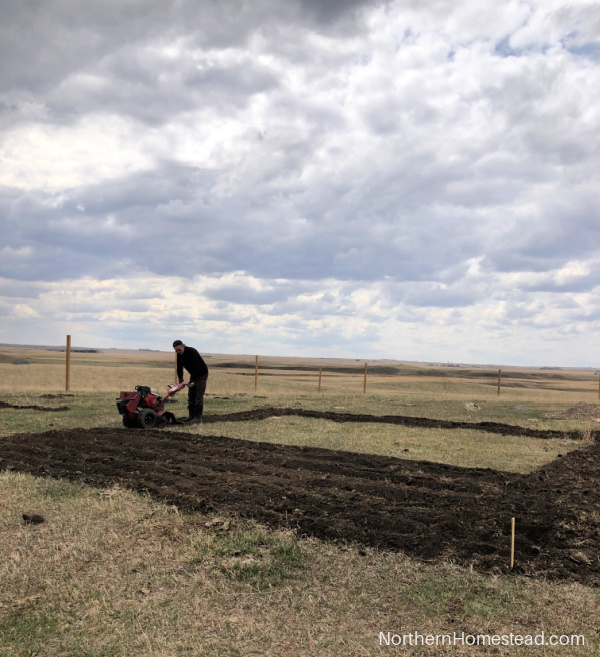
Here we are starting a new garden on a pasture. It was well grassed and fertilized the year before. In spring we brought in a heavy-duty tiller and dug it all up.
The initial till is hard work. Going through with the tiller a few times helps. Most tillers do not go very deep, so do not expect a great garden right away.
Build garden beds
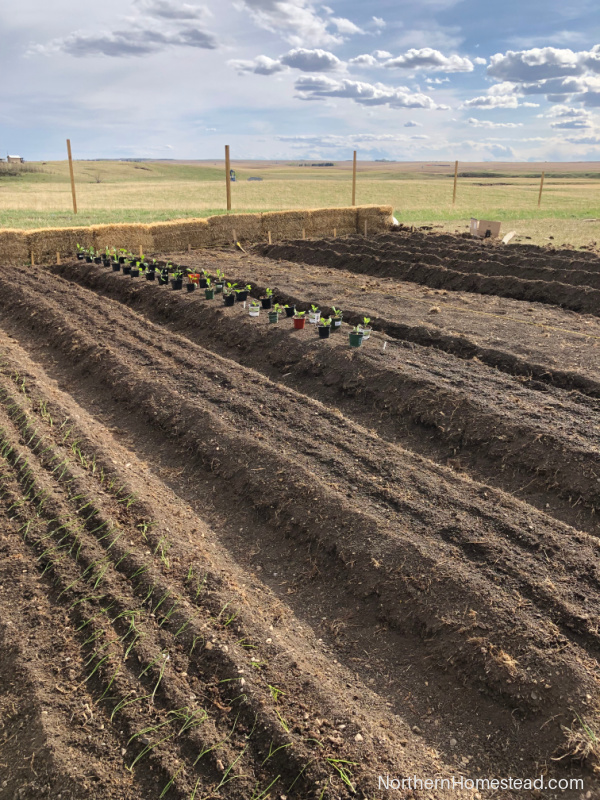
Once the soil is tilled, you can easily increase the tilled topsoil by digging out walking paths and adding the soil to the beds. The beds can be 2 to 4 feet wide, so you can still reach in from both sides. The walking paths can be as wide as you want them to be.
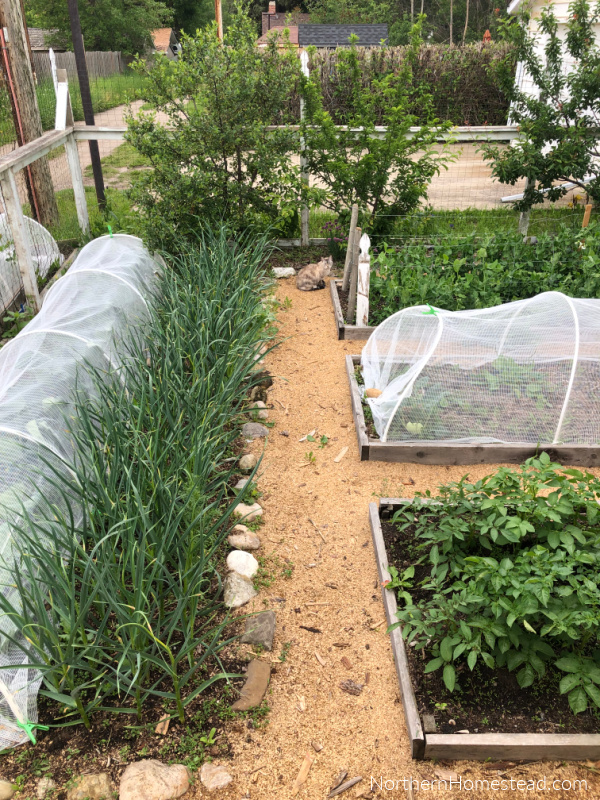
You can add borders to the beds for example out of wood or rocks. Here you see a picture of our home garden where we used both.
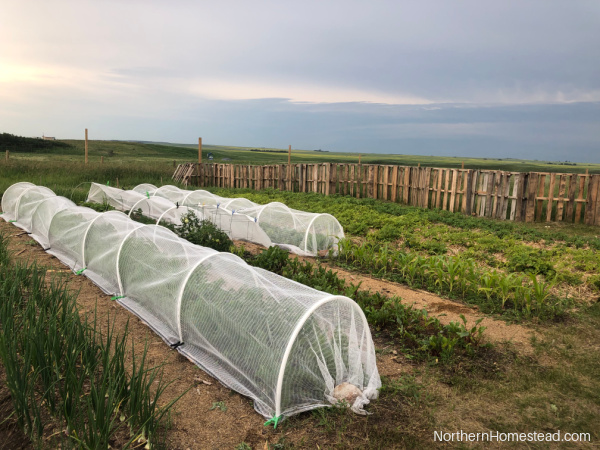
Or you just fill in the paths to the top of the raised beds with wood chips or shavings (whatever is available). The paths will act like sponges that retain water to give back to the soil during dry periods. It worked really well in our country garden.
Convert the newly tilled garden into no-till
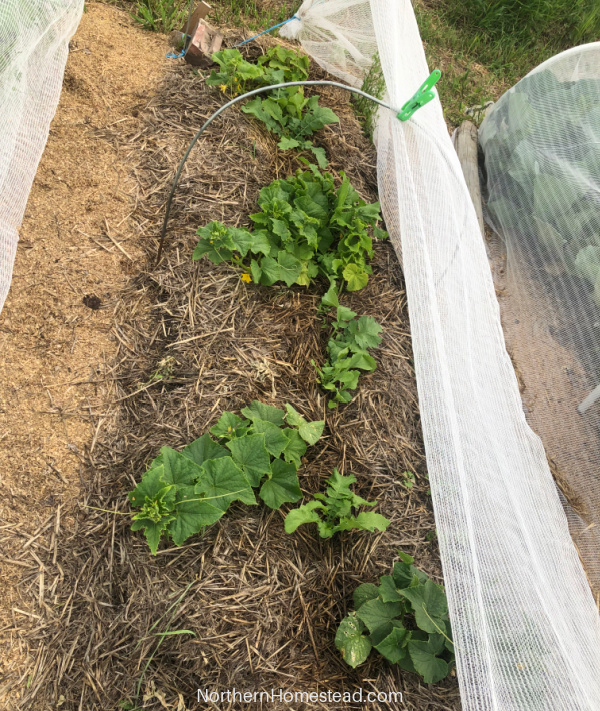
Once the garden is planted mulch with natural material. The mulch will help to keep the weeds down, retain moisture and feed the soil while decomposing.
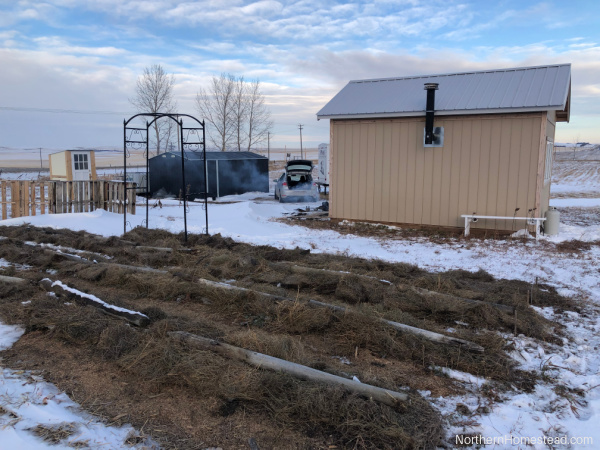
In the fall, after the harvest is done, cover the beds with a thick layer of mulch. Here we used old hay, since the area is very windy, we used old fence posts to keep it in place.
Come spring, all we will have to do is to push the hay aside and plant our no-till garden. When the plants grow, we mulch them again and repeat the process.
The best mulch for the garden is the one you have. We used hay simply because it was available to us. Again you can read more about different mulch options and how much you need here.
Starting a no-till garden with tilling has worked well for us. Converting this way a pasture into a garden was a lot less work than converting a hay field with a No-till method. Both methods have their place, use what suits your situation.
If you want to learn more about no-till, here is some good information on no-till methods: Organic Gardening, Back to Eden, and Gardening without work.
We invite you to subscribe to Northern Homestead and follow us on Facebook, Instagram or Pinterest for the latest updates.




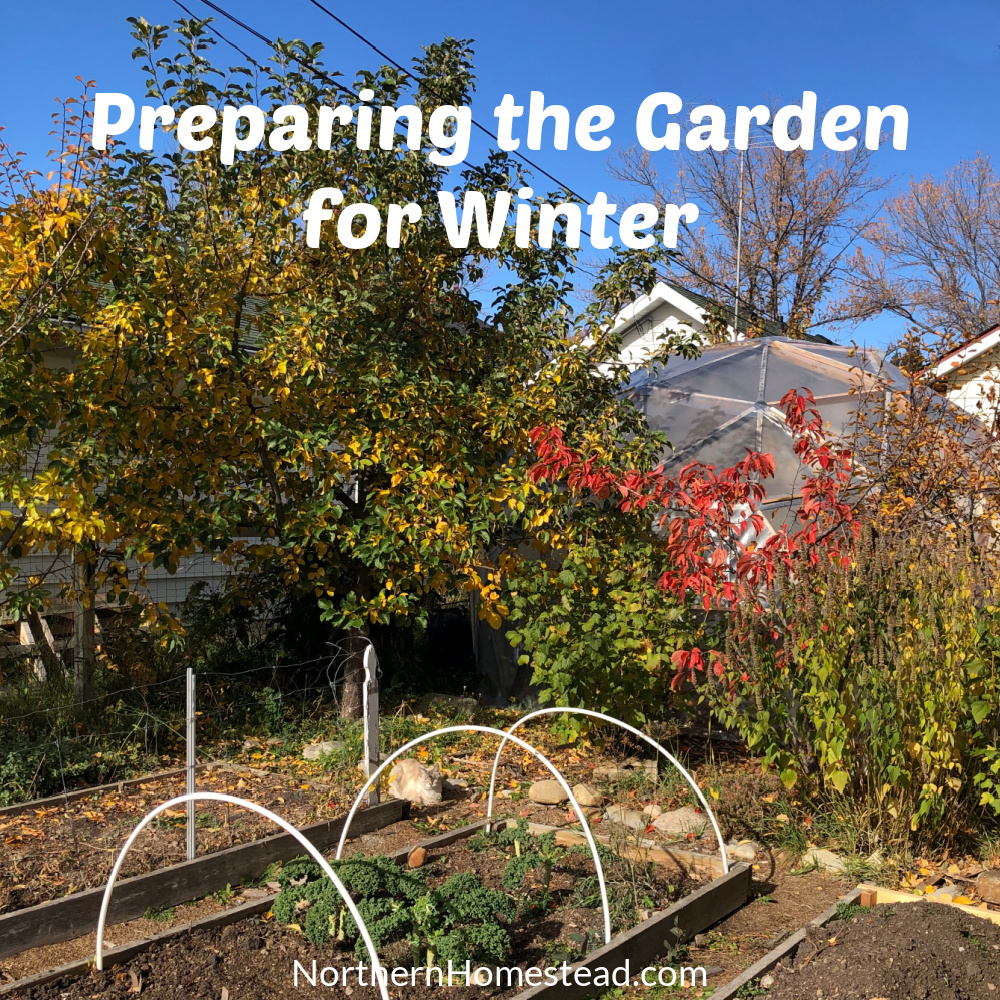


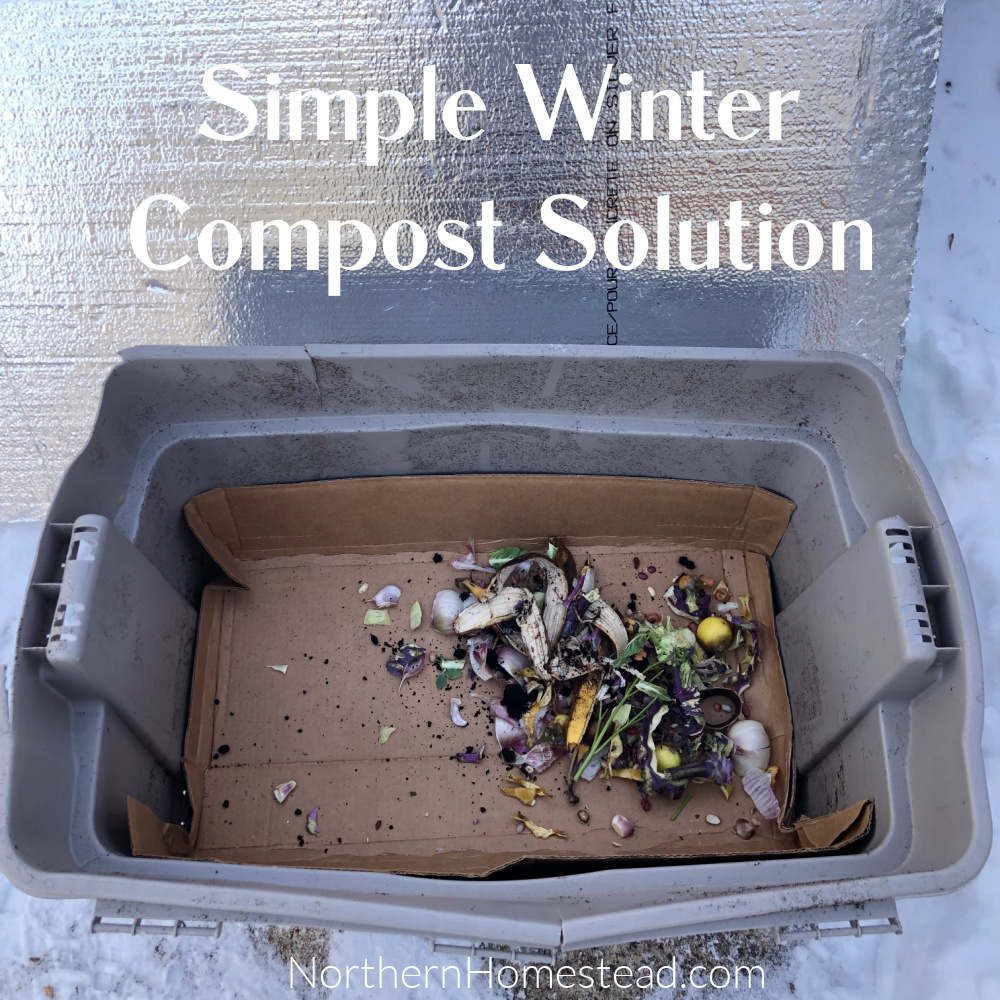
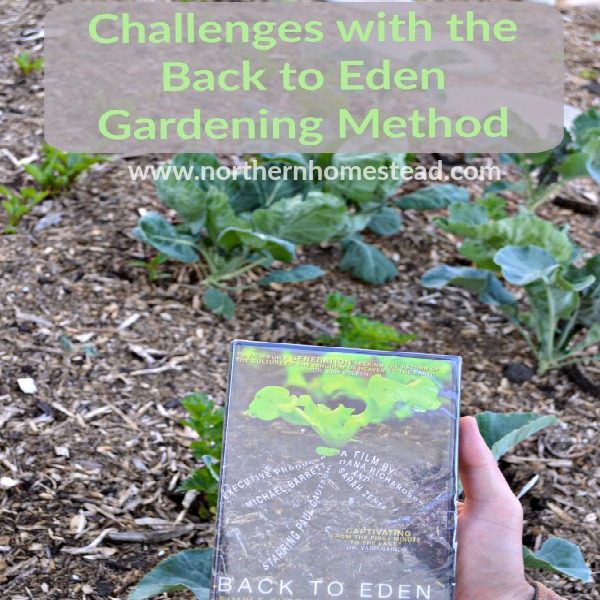
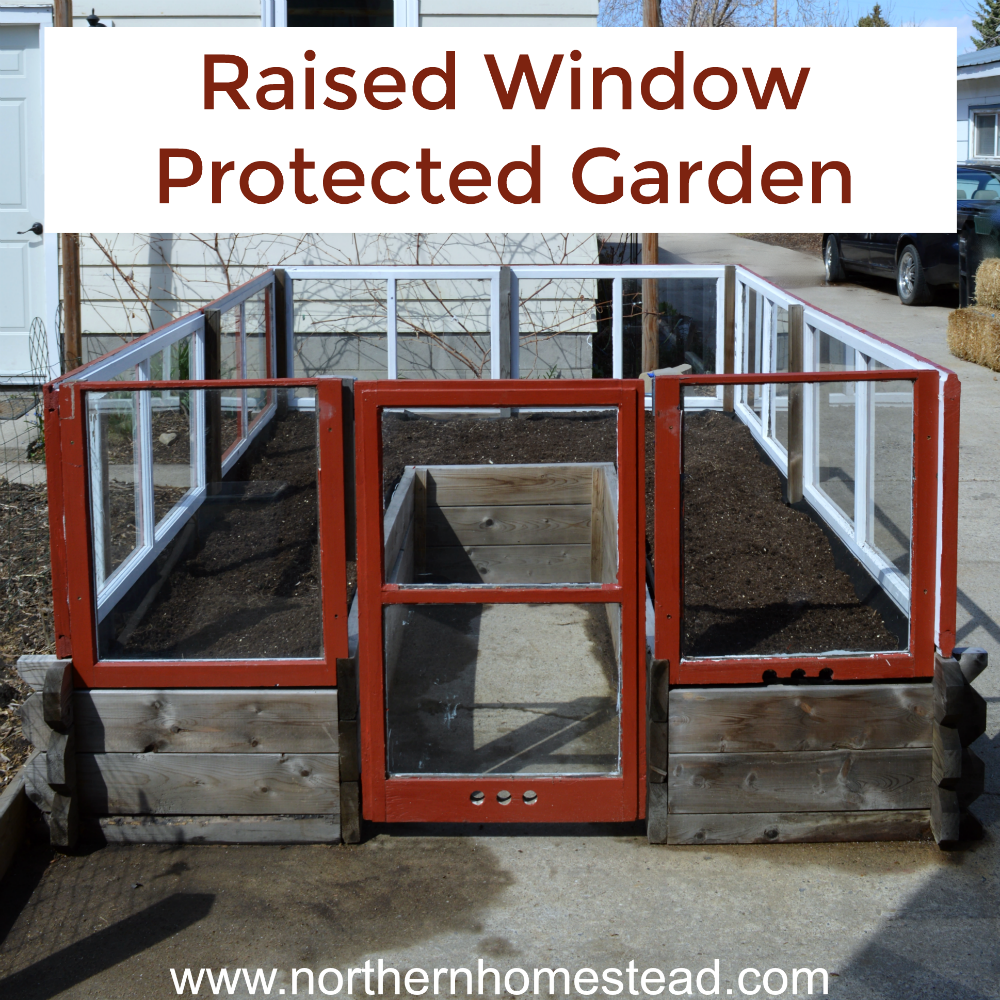
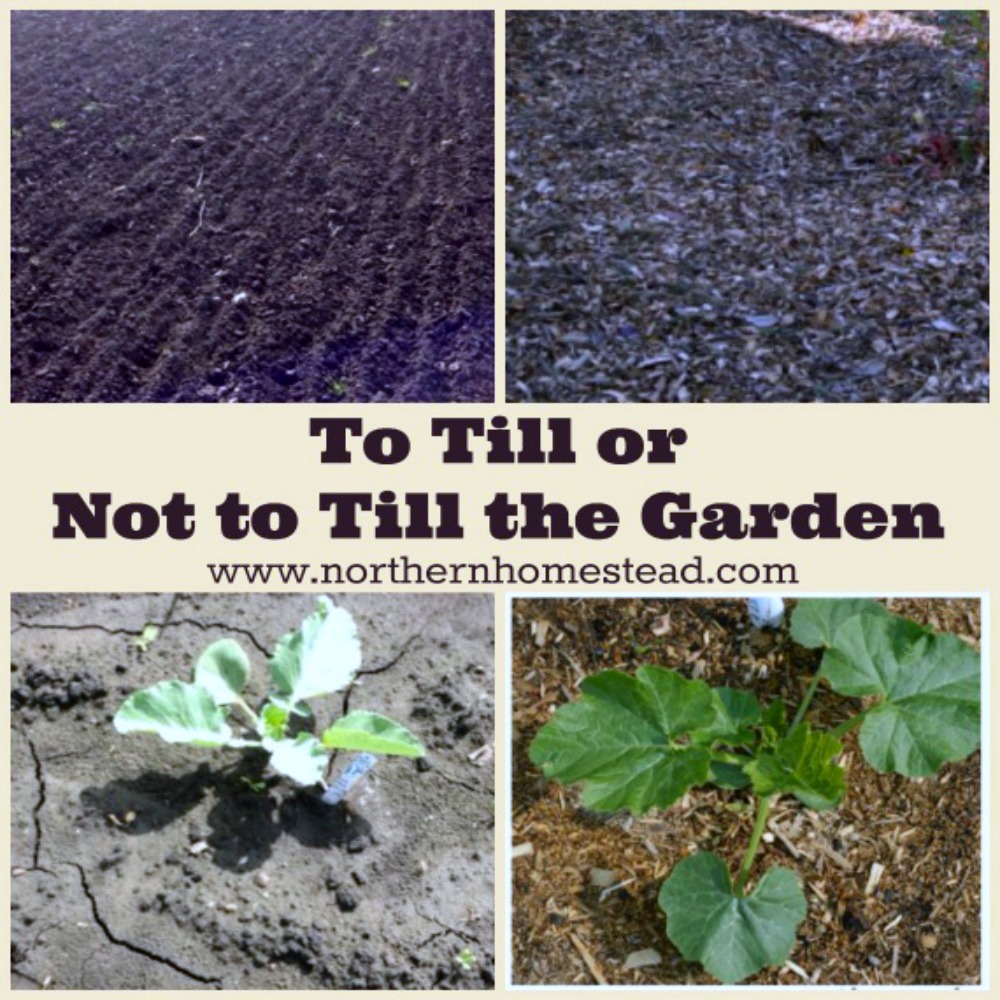

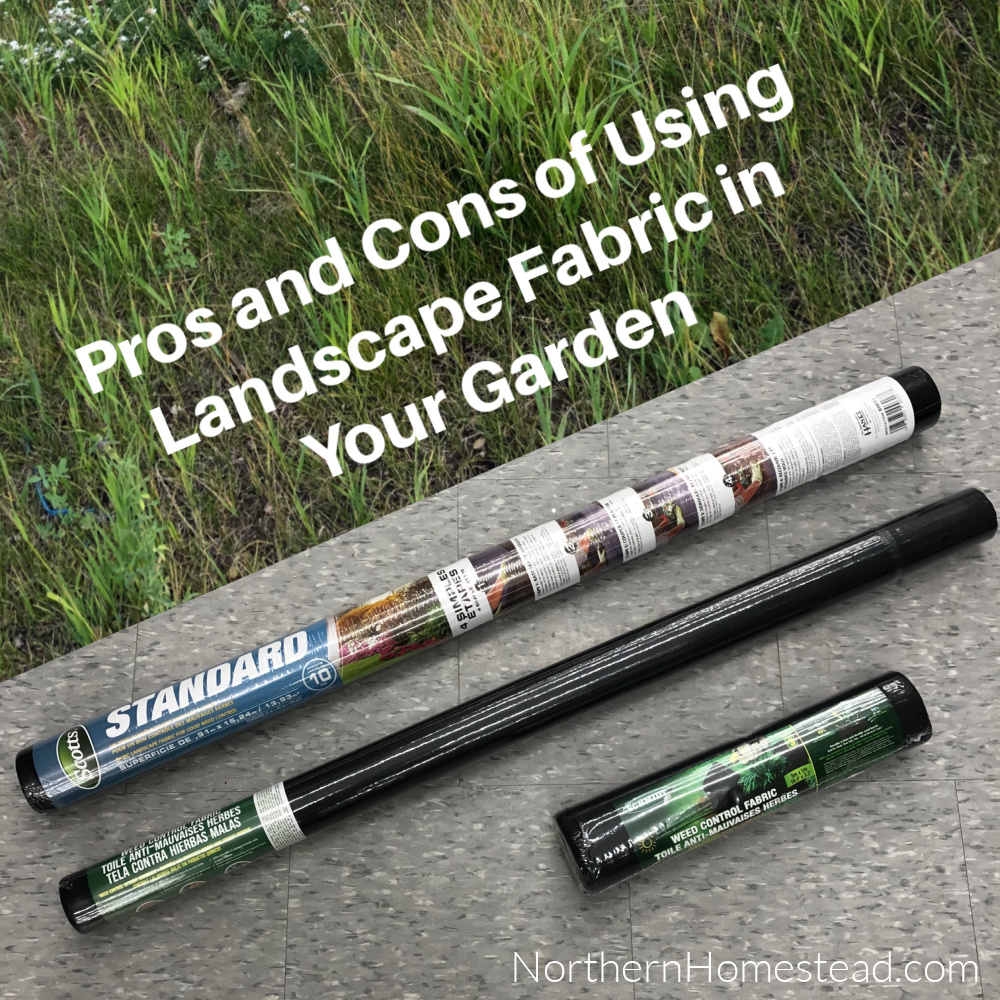
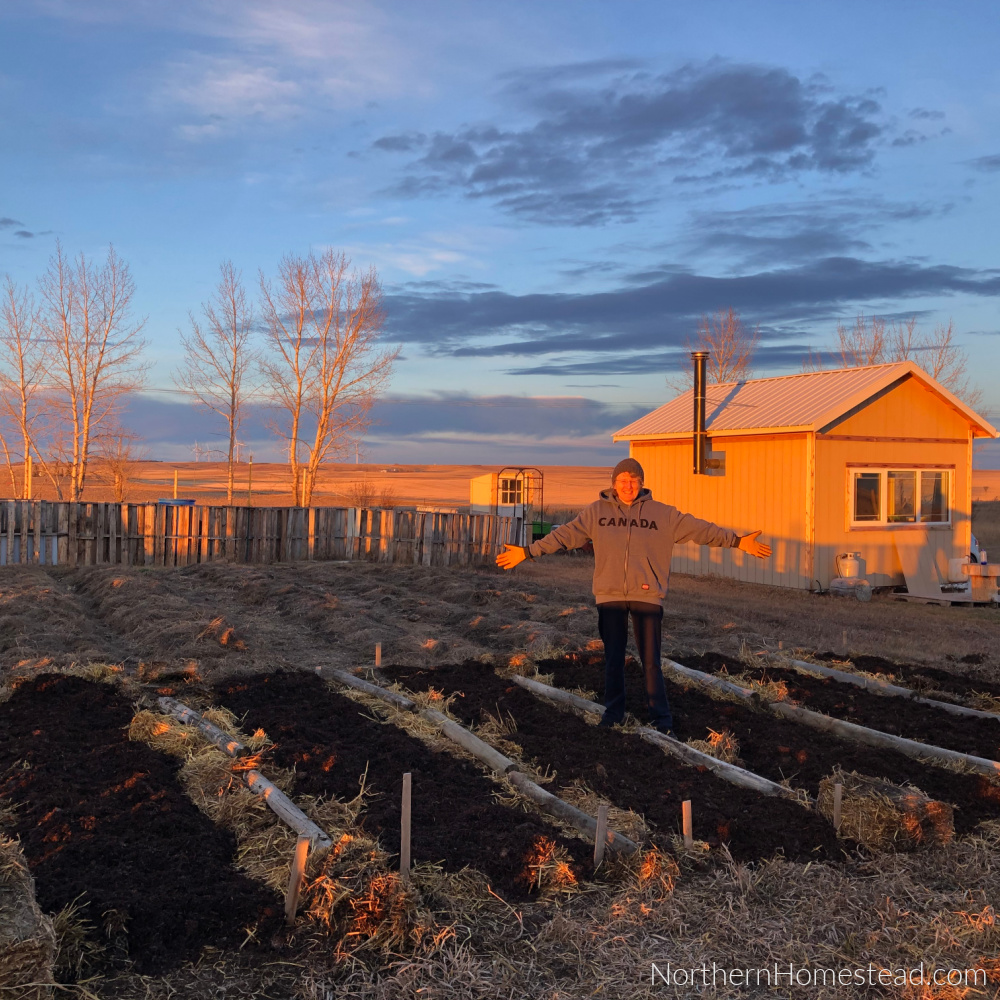

I love your posts. Very inspiring. Just wondering what material used to wrap over your hoops and where I can find it. Also the recommended size would help. Thanks so much. L.
we have blog article about that. Find it here: Row cover tunnel. Hope this helps.